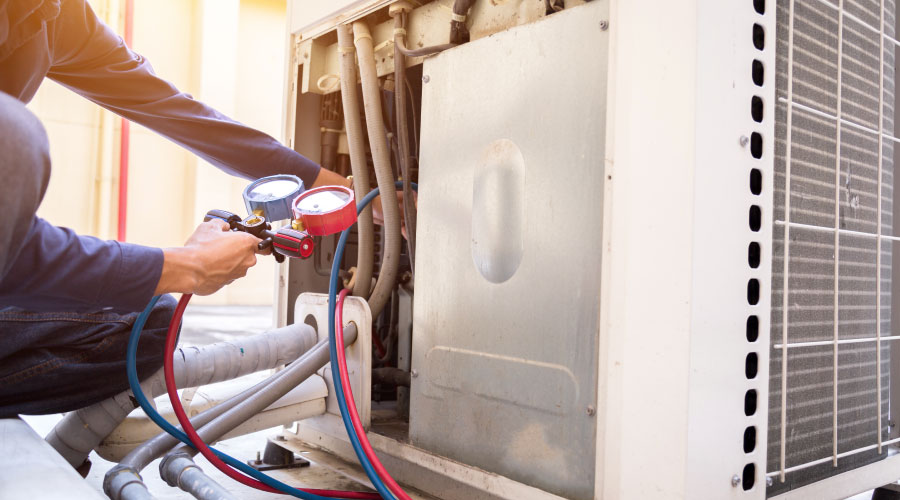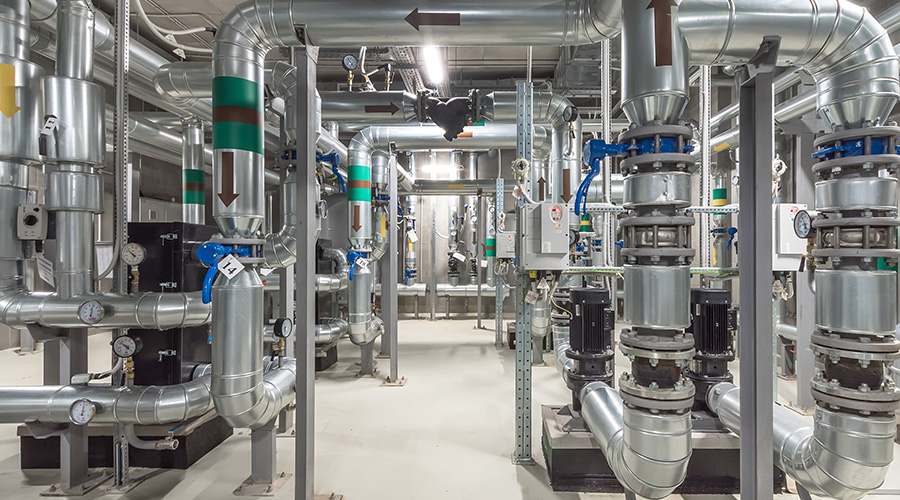Tankless Water Heaters Provide Unlimited Hot Water
Tankless water heaters — also known as instantaneous or demand systems — provide hot water only when necessary. They heat water directly without using a storage tank, avoiding standby heat losses associated with long periods of storage. Small gas, tankless heaters are condensing and 80 percent efficient.
Small storage water heaters can generate hot water while water flows through the heater, but the units need recovery time. Manufacturers do not size these units to provide hot water for long periods, resulting in a limited supply of hot water.
In contrast, a tankless heater can provide unlimited hot water because it maintains 2-8 gallons per minute (gpm) of hot water as long as water is flowing through it. But tankless water heaters do not tend to operate well in applications requiring multiple uses simultaneously.
Managers should not use tankless water heaters in installations where one heater will meet a building’s demand for hot water. Using multiple heaters piped in parallel requires multiple valves, which complicates the system and is difficult to install and operate. If demand exceeds the capacity of a tankless heater, managers should consider using a larger condensing unit with a 95 percent efficiency rating.
In areas with hard water, lime deposits can accumulate at the heating element, reducing its efficiency during low-flow conditions. To address this issue, manufacturers recommend cleaning the fixture every few years or installing a water softener. Some models feature sensors that notify technicians when the unit requires cleaning.
Related Topics:















